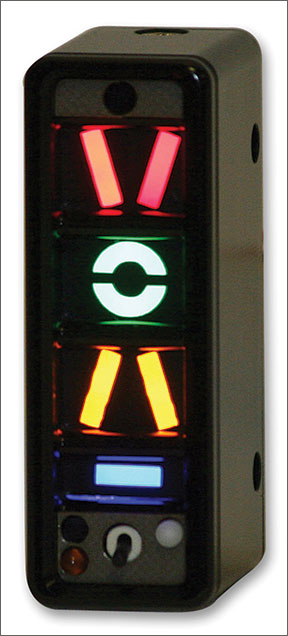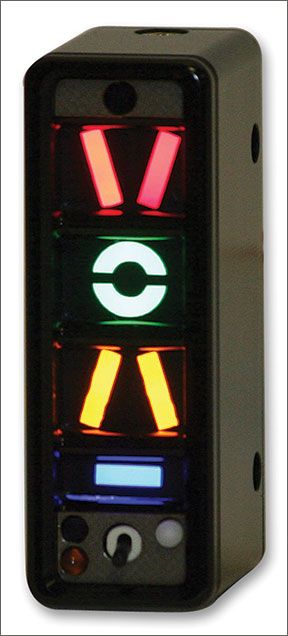Several of our previous issues have included articles about the benefits of angle-of-attack (AoA) indicators, including discussions of how and why to install them, and how to fly with them. In recent years, reduced costs for many of their components—including processors and displays—has increased their popularity.

288
But FAA certification hassles always are an issue when considering the aircraft most of us fly, even when it involves something, like an AoA indicator, that can have immediate and beneficial effects on safety. In fact, certification hassles always have been stumbling blocks to wider adoption of devices like an AoA indicator. Sometimes, those hassles involve design and production of the device itself. To its credit and my amazement, the FAA recently announced it is simplifying some of those procedures.
The new FAA policy, announced February 5, 2014, addresses design and production approval for AoA indicators intended for installation aboard airplanes where they are not required. These so-called “supplemental” AoA indicators may help prevent loss-of-control accidents, especially stalls and spins at low altitude, which often are fatal. According to the agency, “Preventing loss of control in general aviation (GA) is a top focus area of the FAA and the GA community.”
The new policy is embodied in a memorandum the agency issued, which “establishes requirements and procedures for issuing a design and production approval” to U.S.-based AoA manufacturers under FAR Part 21. It calls for manufacturers to adhere to an ASTM standard—the same kind applying to certification of light sport aircraft—and does not apply to AoA systems aboard commuter or transport category airplanes, or if they are required equipment under the airplane’s certification.
While we’re pleased with this development, two things make it less of a slam-dunk than it may appear. First, the new policy does not address streamlining procedures for certifying AoA installations aboard personal aircraft. We’re optimistic such a policy is under development.
Second, the FAA’s announcement came on the same day the agency was the topic of two different hearings of the U.S. House of Representatives. One hearing’s subject was “The FAA Modernization and Reform Act of 2012: Two Years Later,” while the other examined impact of the agency’s rules on general aviation and ways to improve the FAA’s regulatory framework. While this new effort to simplify AoA policy is appropriate and overdue, it’s a shame Congress had to get into the act by basically saying, “You can do it or we’ll do it for you.” Any port in a storm, I guess. — Jeb Burnside




